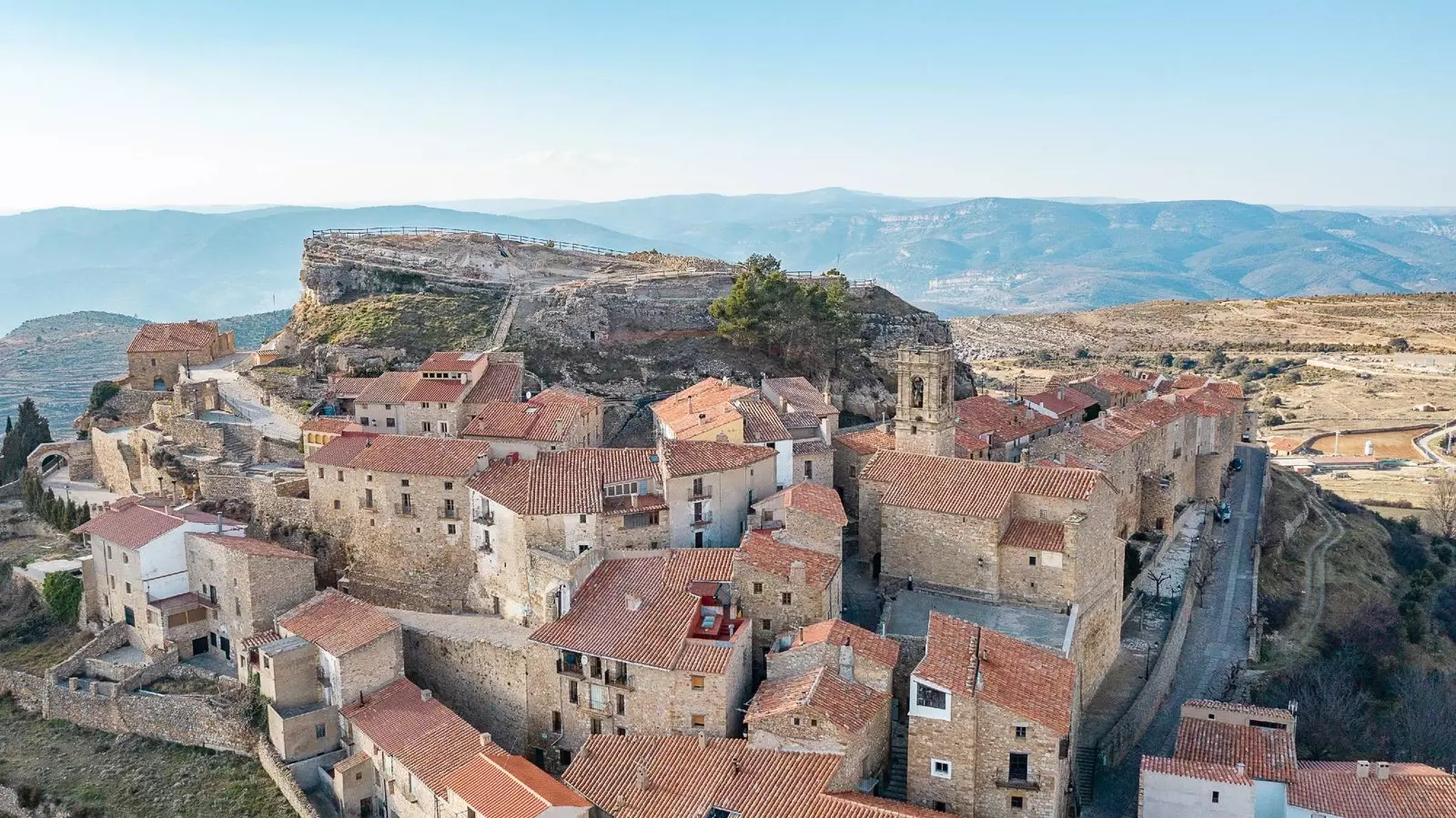
Culla, the perfect rural getaway
Culla was a candidate among the 25 towns of the Valencian Community to become Capital of Rural Tourism in 2021. Finally, it was Chelva the town preselected to compete along with nine other locations throughout Spain to opt for this title. next May 18 will be revealed -by popular vote- the winner, with the purpose of promote rural tourism in our country.
Despite the fact that this edition could not have been, the simple fact that Culla apply for this favorable recognition, it only confirms that we are facing one of the towns that are well worth knowing as soon as we get a chance. Not in vain is it part of the 2020 to Association of the Most Beautiful Towns in Spain.
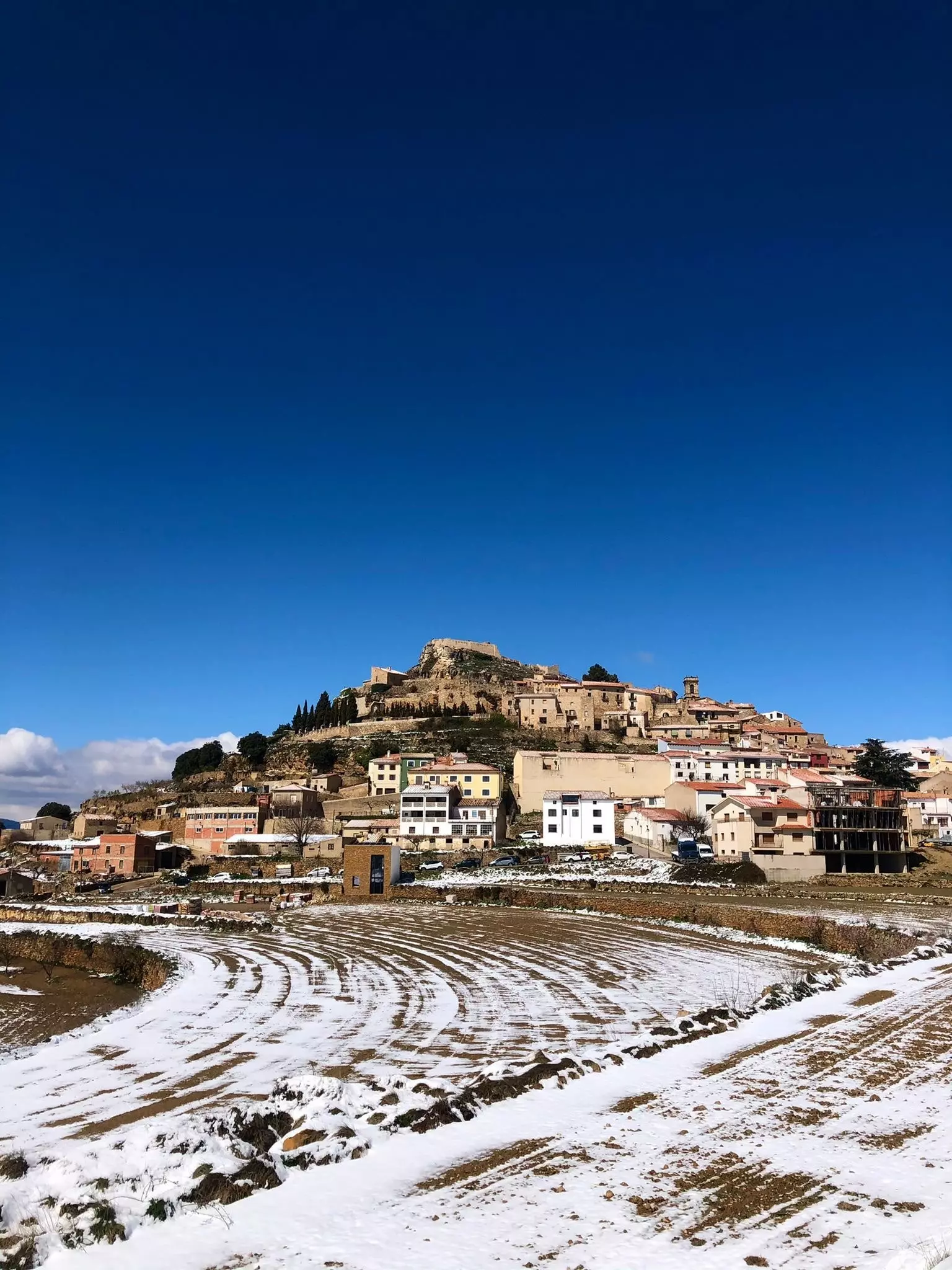
The treasure of the Alto Maestrazgo
With an orography and old town similar to the well-known Morella, This town has become the perfect claim for those rural days that have been leading the way for so long much of our 2020 and almost all of 2021.
The best? Not being as well known as its neighbors in the High Maestrazgo (Castellón), comes across as a real diamond in the rough to discover and enjoy equally. Nothing like getting out of the big city to breathe fresh air, recharge energy and disconnect to connect. Back to the basics, to the origins. We ask nothing more of this 2021.
A VILLAGE WITH A LOT OF HISTORY
little more than hour and a half drive from Valencia and an hour from Castellón separates us from this jewel that appears as if it were a mirage after a road with winding curves.
Car it's time to leave it as soon as you enter the town , because touring it on foot will be the main of our hobbies. Its population density of less than 500 inhabitants It already predicts that it will not be necessary to spend a lot of time to go through it. Of course, comfortable shoes will be more than mandatory because slopes and unevenness are the order of the day.
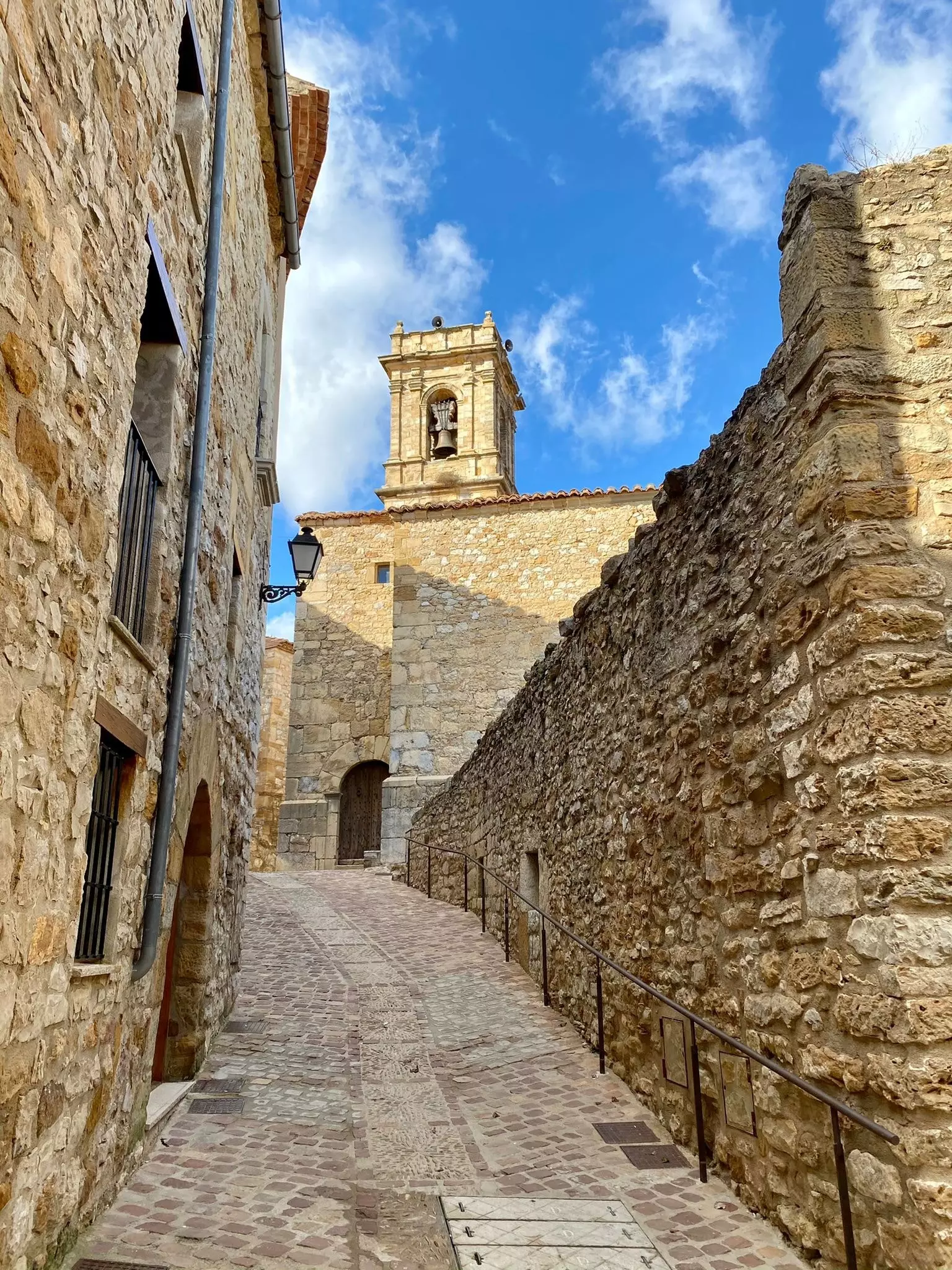
Culla dates back to prehistory
Culla's birth dates back to prehistory , as evidenced by a wide variety of cave paintings and archaeological sites found during excavations over time.
Its castle and wall -one of the most emblematic points of the town- were built at 1,100 meters above sea level in the Eleventh century by the Muslims and was their domain until 1233 , year in which Christians finally conquer the area , after several attempts of reconquest.
Was the Aragonese nobleman Blasco de Alagón -also conqueror of Morella- who takes control of Culla for the King James I, although it is Alagon's family the one that becomes the owner of the alcazaba.
In 1303 the Knights Templar buy the castle 500,000 Valencian salaries becoming the latest acquisition of the mighty catholic military monastic order from middle Ages.
“This was dissolved in 1311, it passed to the Order of Santa Maria de Montesa , who was the owner of the castle for almost 600 years and under his command, Culla achieved his maximum economic splendor (thanks to the wool trade) as architectural (expanding and improving the castle)”, he tells Traveler.es Silvia Fabregat from the Culla City Council Tourism Office.
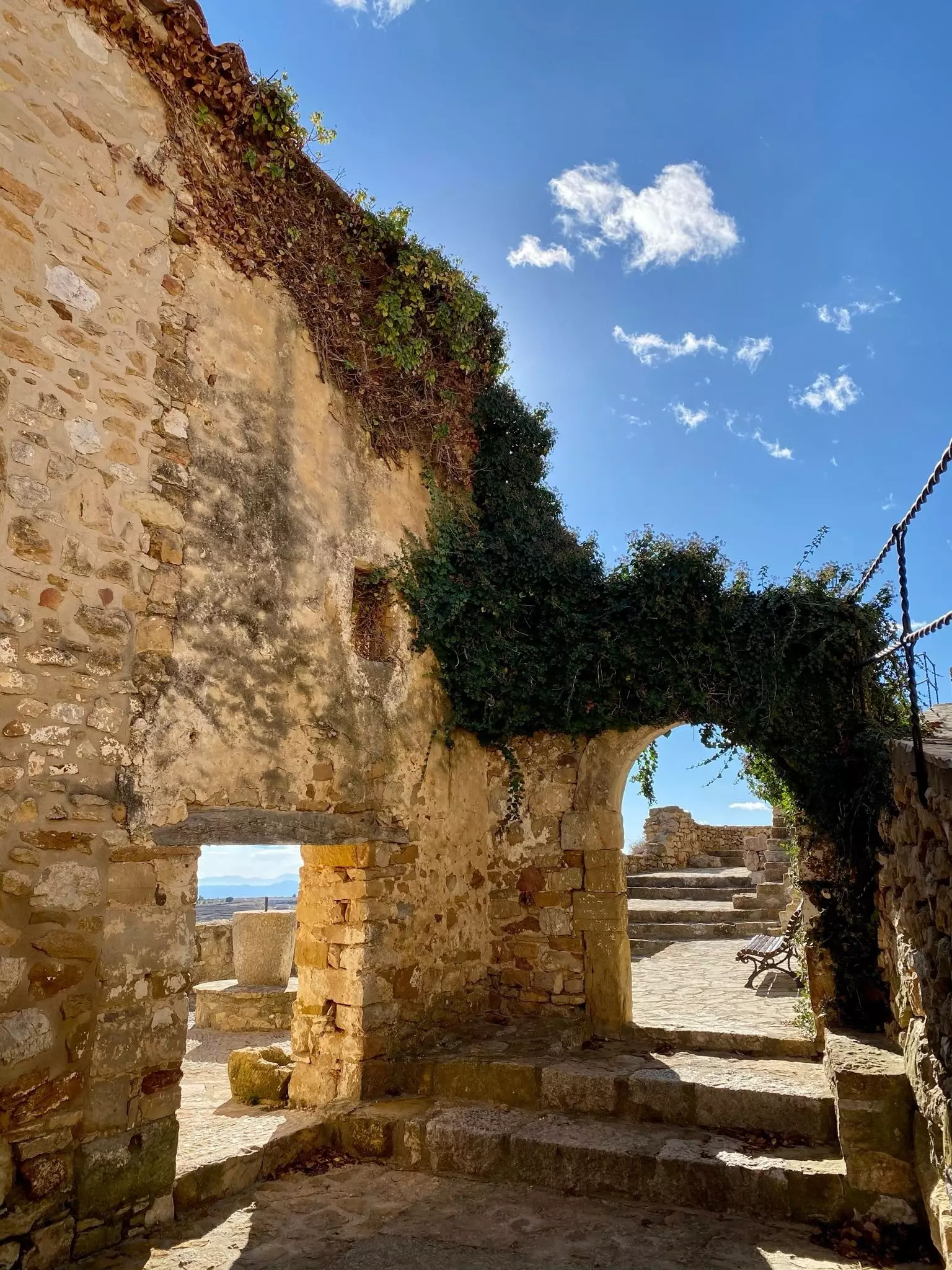
It is worth getting lost in its cobbled corners...
"With the disentailments of the 17th and 19th centuries and the fall of Old Regime the Order of Montesa loses its power and the Culla area included. It was then that she became involved in the many wars that took place during this period, but even so Culla recovers at the end of the 19th century and the beginning of the 20th century, reaching its maximum population in 1910 with little more than 3,000 people" explains Silvia Fabregat.
"From then on, with the arrival of the Spanish Civil War and the rural exodus we have reached our days with a demographic evolution that has been in decline until reaching 481 inhabitants last 2020,” she adds.
That is why any visit to learn about this jewel of Alto Maestrazgo and highlight your heritage, natural, gastronomic and architectural value.
Above all thanks to the work carried out by the inhabitants during the last decades to prevent rural depopulation, making Culla a quality tourist destination. Most of the time of our visit will be devoted to tour the old town , translated in one of the best preserved historical-artistic ensembles of the declared Mediterranean arc Well of Cultural Interest since 2004. What not to miss?
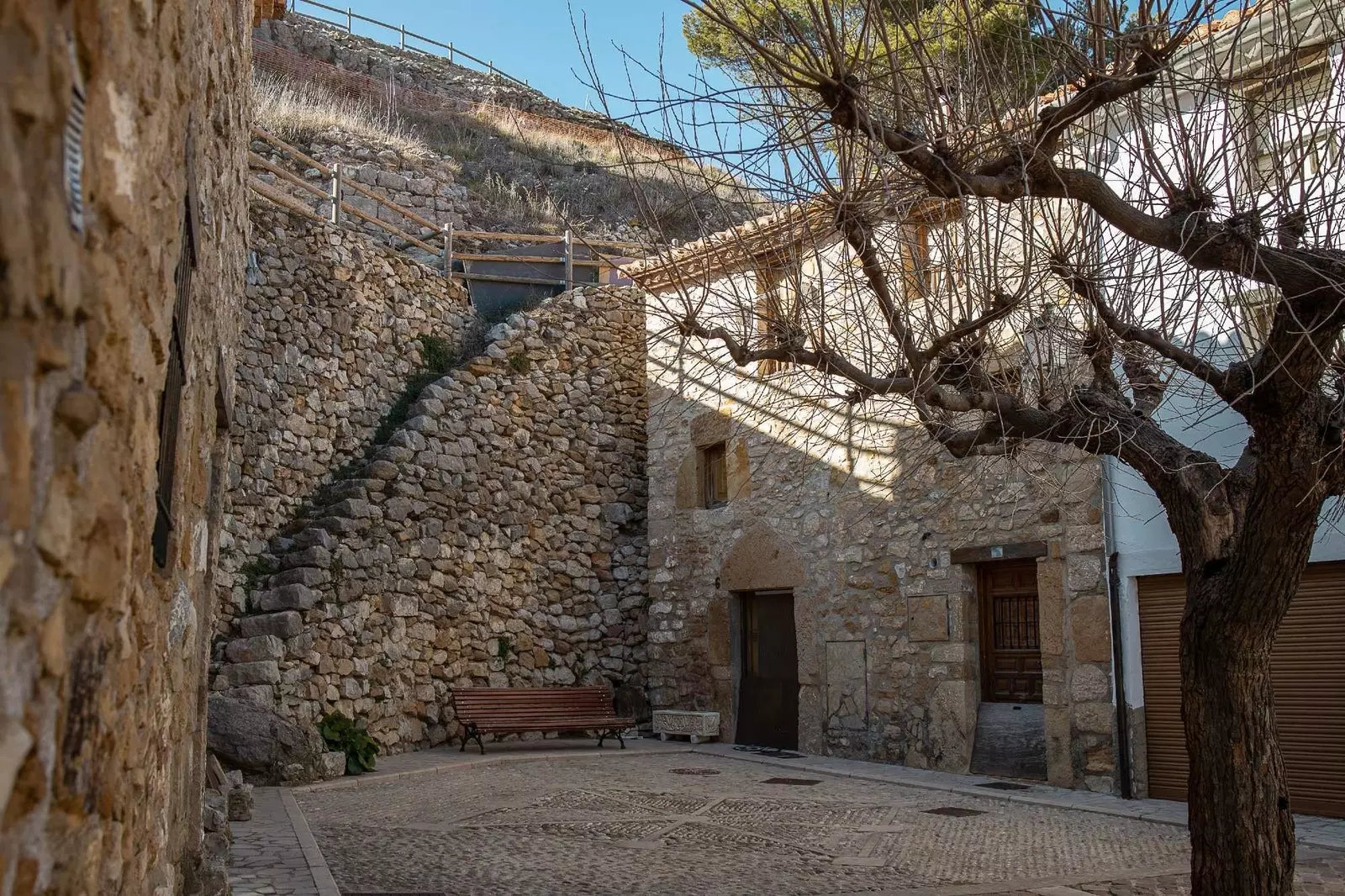
Your visit will be destined to tour the old town
– The aforementioned castle (now in ruins) with its corresponding wall and citadel, which has been intervened since 2017 thanks to archaeological excavations for its enhancement and whose last intervention ended in 2020.
– Next to the Tourist Office is the Old Hospital, a construction dating from the 17th century and which is currently used as an exhibition hall.
- The Savior Parish Church, built between the end of the 17th century and the beginning of the 18th. Special attention deserves its Campana Grossa, the gothic bell of the church cast in 1404. “It is one of the oldest and best preserved in the Valencian Community, was declared BIC in 2018 along with 69 more bells”, says Silvia Fabregat from the Tourist Office of the Culla City Council.
– The old prison, with an uncertain construction date. Jail during the 19th and 20th centuries , but previously barn and before this, cistern during Muslim rule.
– The New Gate, rebuilt in 1610 , was the main entrance gate to the walled enclosure, the only one that remains intact. Once you have crossed the limits of the historic center of Culla, there is nothing like following wandering its cobbled streets and let yourself be conquered by this town where the past arrives in the form of our present and the footprint of the passage of time.
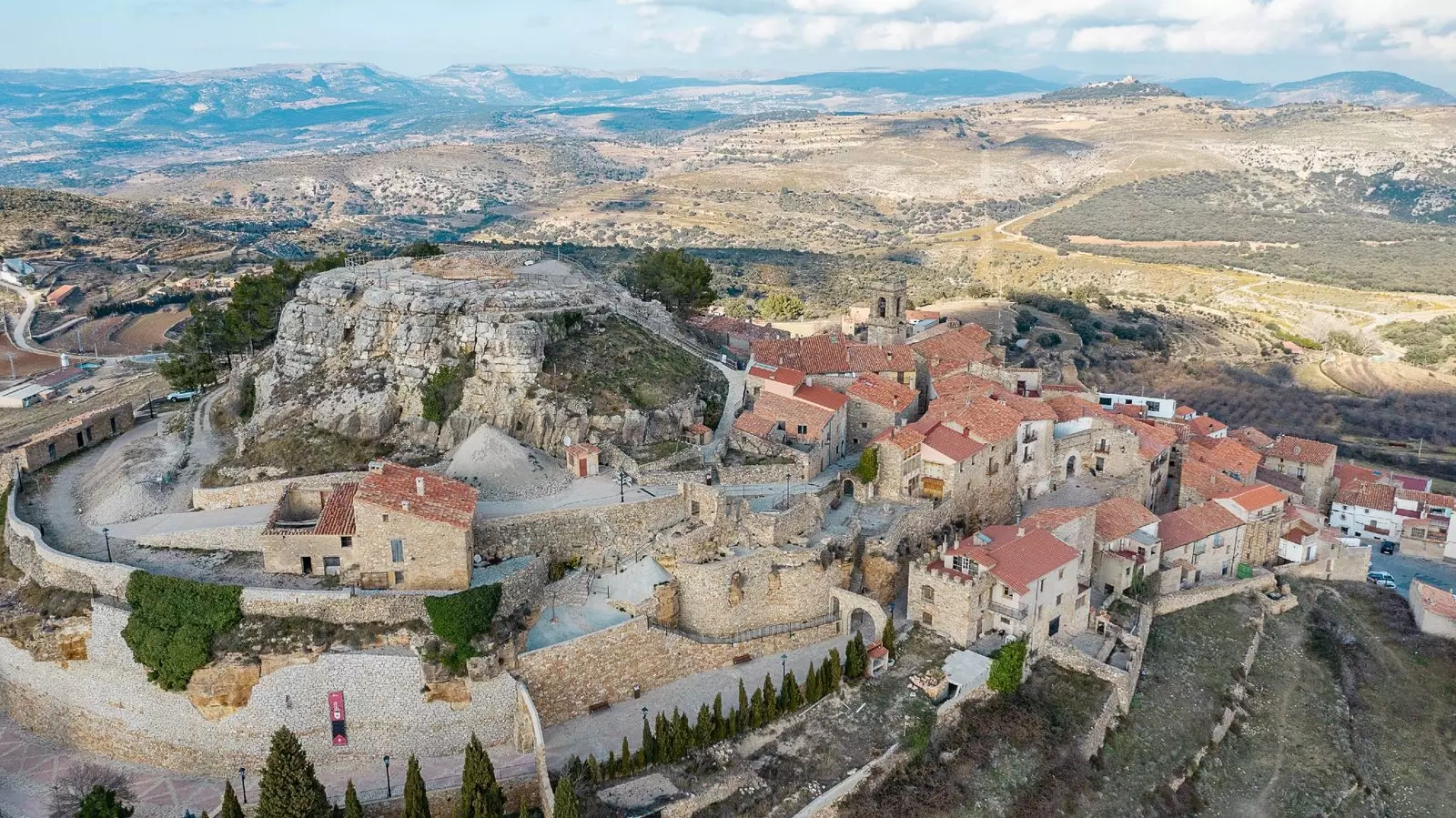
The castle is in ruins
In addition, the traveler awaits the Torre del Palomar, the Hermitage of San Cristóbal, the Hermitage of San Roque…
“Culla leaves no one indifferent , when walking the streets of the old town either for the first time or like me, -which I do every day-, one cannot fail to be impressed. It is like go back in time , whether it's foggy days when walking through the cobbled streets gives the feeling that some templar knight will appear in any corner or on clear days numerous viewpoints where you can control the entire territory with an excellent panoramic view”, Silvia Fabregat tells Traveler.es.
HIS CARRASCA OF MORE THAN 500 YEARS OF LIFE
If last March the news broke that the thousand-year-old holm oak of Lecina was the winner of the 'European Tree of the Year 2021' contest -with its height of 16.5 meters, diameter of its crown of 28 meters and an area of 615 square meters-, A little further by car from the town we reach the Holm oak of Culla. Which by the way, has nothing to envy to Lecina!
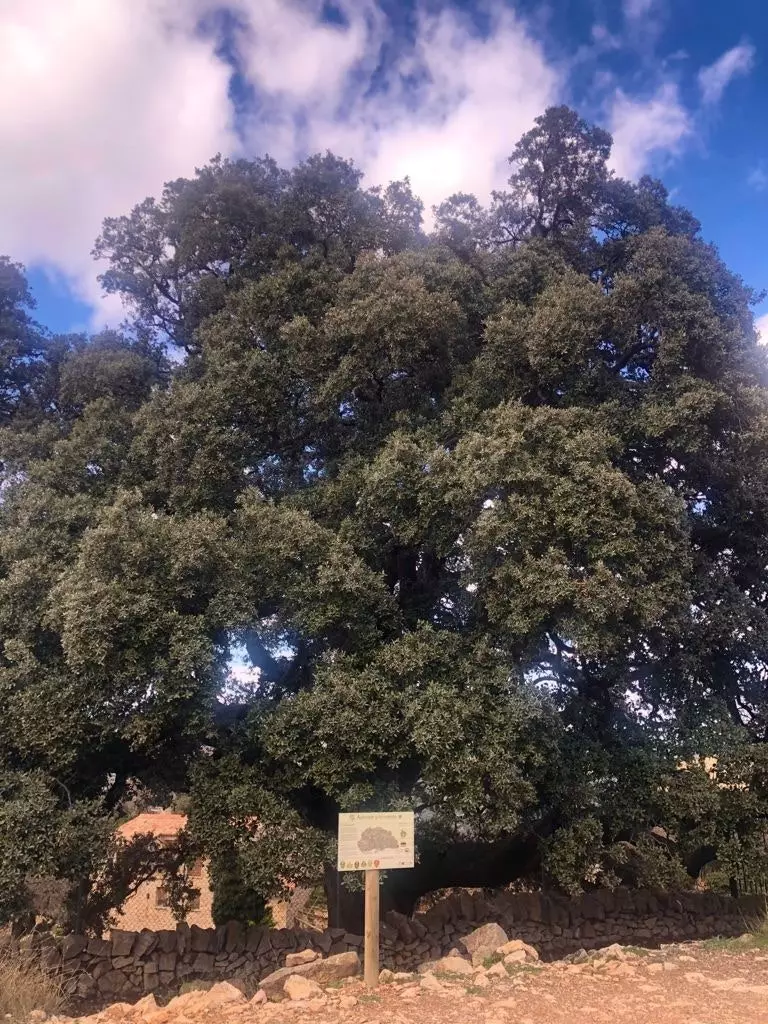
Holm oak of Culla
“It is a majestic botanical jewel that was declared monumental tree of the Valencian Community in 1988. It is about 20 meters high, 7 meters trunk circumference , 35 meters in diameter of the branches and an estimated weight of 75 tons. It is located in the Farmhouse Clapes , located on the road from Culla to Torre d'en Besora, about 7 kilometers from the municipality. The age is difficult to calculate without damaging it, but it is estimated that I could have about 500 years or even more”, indicate from the Tourist Office of the City Council of Culla.
The most curious? Acorns are its edible fruits , used mainly to feed livestock but in times of scarcity also served as a source of food for the inhabitants of the area. Obligatory to approach her to admire its beauty and its exuberance.
GIVE YOURSELF A TRIBUTE TO A GOLP OF GASTRONOMY
When it comes to a mountain town , meat is the common link of most of the dishes that we are going to find in this area of the **Alto Maestrazgo, in the interior of Castellón. **Some of the most recurring? The Tombet or Car de Novià which translate into lamb meat stews -and as its name suggests, it is the dish that is traditionally served at weddings-.
Also recurrent are any proposal of sausages and grilled meats, rabbit with snails, dishes where mushrooms are the protagonists, and truffles! When it is season for these, it is more than recurring to find restaurant menus with this delicious ingredient.
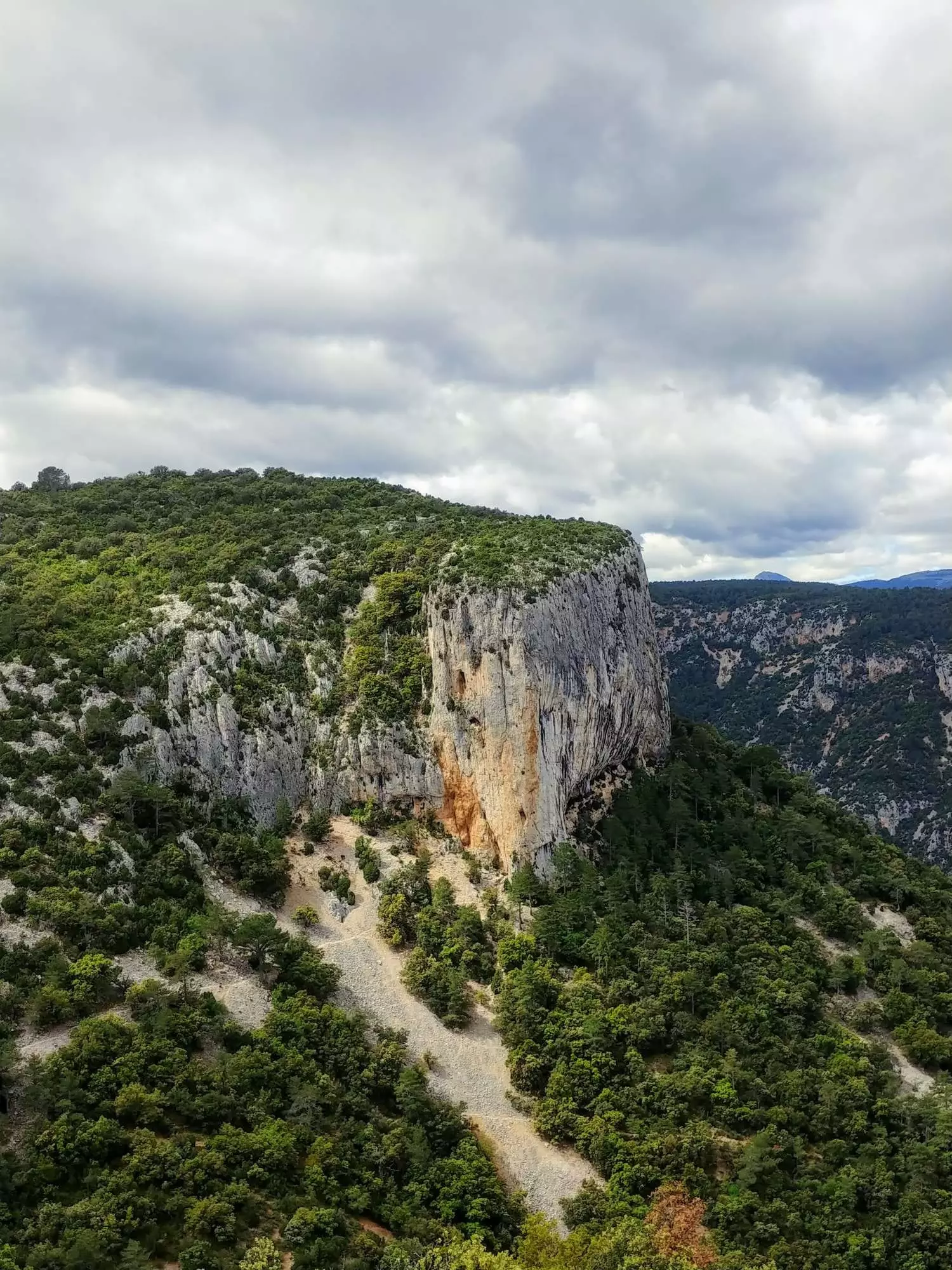
An excursion to the Penyacalva Rock?
And what about pastries? Sweets made with almonds such as the heavenly coca, the hair or sweet potato pastissos or the traditional clariandes dessert served at any festive event.
Next to the centenary tree is the La Carrasca Restaurant, one of the most cutting-edge culinary proposals in the area.
WHAT NOT TO MISS IN THE SURROUNDINGS OF CULLA
In addition to its fantastic and already mentioned centenary Holm oak, the surroundings of Culla They have the following relics that are well worth a stop on our way:
– The Maestrazgo Mining Park : two old mines for get to know in depth the old mining industry that during the visit delights us with its galleries, tools of the time and a great explanation of how they worked at that time with iron extraction.
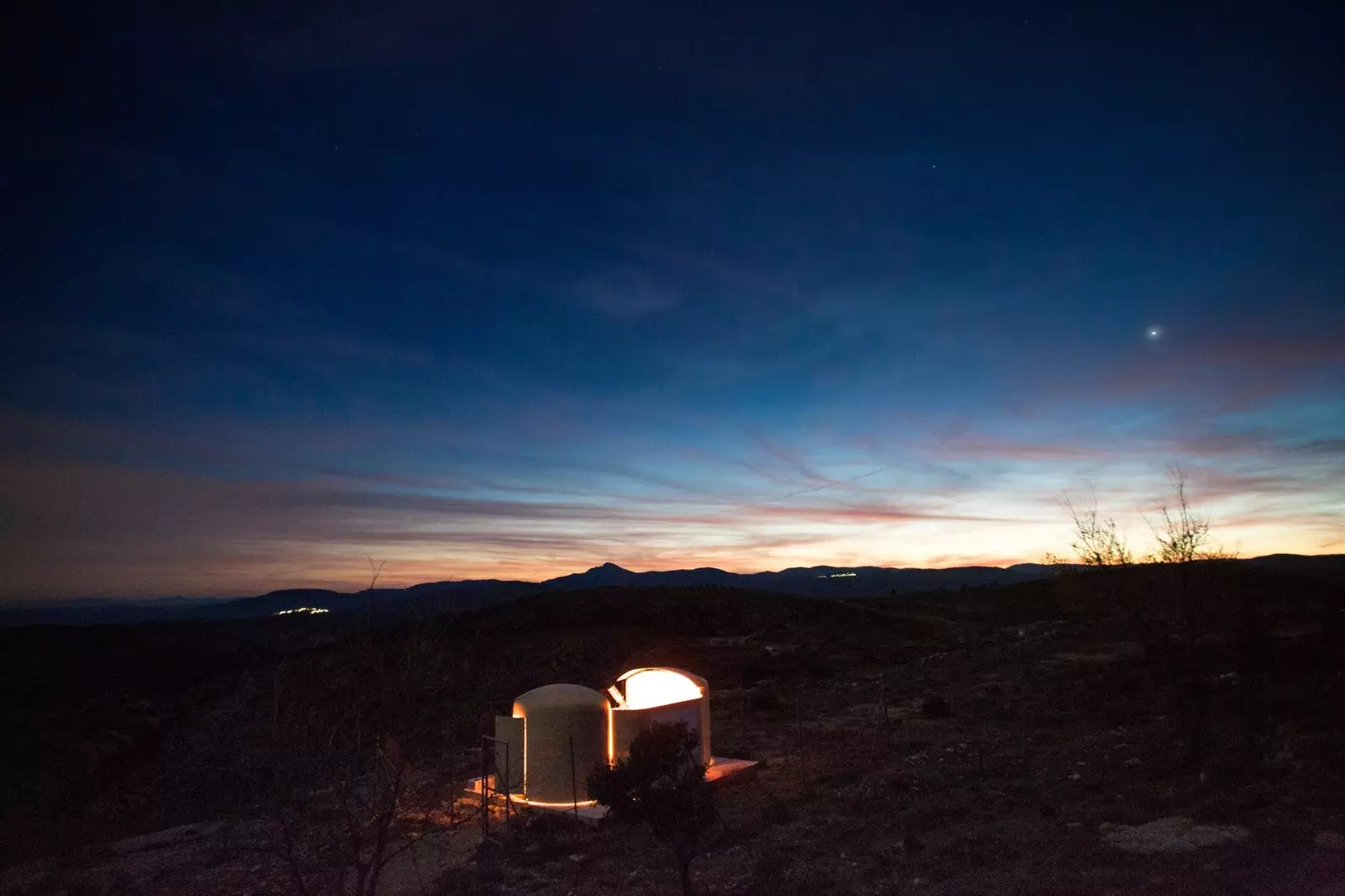
Astromaster
– The Astromaster : it is the tourist astronomical observatory of Culla. “Due to the low light pollution it is a perfect enclave to see the stars. Although currently is closed due to restrictions curfew, it is a mandatory visit as soon as the opportunity arises”, says Silvia Fabregat.
-In total there are six approved paths in the area for hiking lovers and various mills -some of them recently restored- such as the Molí de l'Ordre, located next to the Molinell river.
Shall we organize getaway?
